Exploring Freerunning: The Art of Urban Acrobatics and Expression
Exploring Freerunning: Unlocking the World of Urban Acrobatics
Freerunning is an art form that transforms the cityscape into a playground, a realm where Sébastien Foucan and other practitioners maneuver through physical and mental obstacles with grace and agility. This discipline, evolving from the creation of Parkour by David Belle, emphasizes self-expression and creativity in movement. Unlike Parkour’s focus on speed and efficiency, Freerunning delights in the aesthetics of movement, encouraging participants to express oneself through flips, spins, and other acrobatic feats.
The history of Parkour and Freerunning took a global leap onto the world stage with memorable appearances in films like Casino Royale, showcasing the thrilling potential of these movements. Icons like Jackie Chan, with their fluidity and physical and mental control, have also inspired a generation to look at their urban environments as canvases for personal development. Freerunning, while rooted in Parkour's philosophy of overcoming barriers, invites a broader interpretation of movement and exploration.
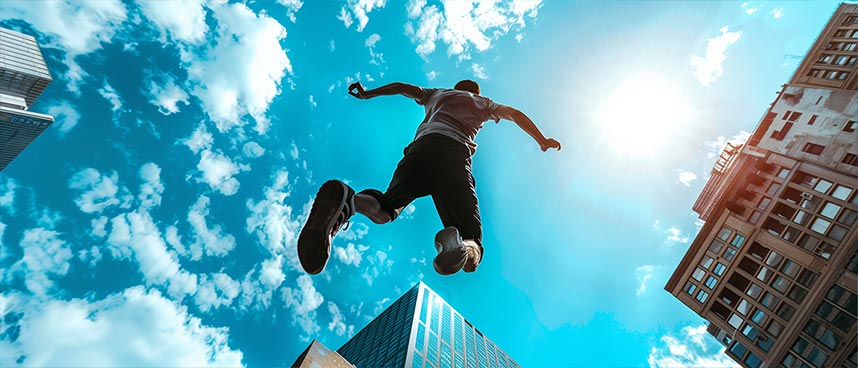
The Essence of Freerunning
The essence of Freerunning lies in its celebration of freedom, both in physical movement and personal expression. Sébastien Foucan, a pioneer, envisioned Freerunning as a way to navigate not just the physical, but also the mental obstacles life throws our way. It is more than just an activity; it is a lifestyle that encourages individuals to see the world from unique perspectives and to find one’s path through the urban jungle with creativity and agility.
Defining the Art Form
Freerunning is defined by its fusion of acrobatics, gymnastics, and any form of movement that espouses freedom and expression. It stands out from other movement disciplines through its emphasis on creativity, individual style, and the use of urban landscapes as a canvas for expression. Freerunners often push the boundaries of what is physically possible, turning the act of movement into a form of artistic expression.
The Blending of Acrobatics and Urban Exploration
At its core, Freerunning marries the dynamic movements of acrobatics with the explorative spirit of urban navigation. Practitioners leap, vault, and flip through cityscapes, transforming stairs, rails, and walls into opportunities for expressive movement. This blend not only showcases physical prowess but also a deep connection with the environment, turning familiar urban settings into stages for breathtaking performances.
The interaction with urban environments is not just about overcoming obstacles but doing so with style and flair. Freerunners approach the concrete jungle as an open-ended challenge, inviting them to reinterpret and reimagine the potential of space. Each leap and spin tells a story, a dialogue between the athlete and the architecture, highlighting the beauty of movement in often overlooked spaces.
The Philosophy Behind Freerunning
The philosophy of Parkour, emphasizing efficiency and speed in overcoming obstacles, serves as a foundation for Freerunning. However, Freerunning extends this philosophy, placing a greater emphasis on the freedom of movement and the expression of individuality. It is not just about getting from point A to B but about how one chooses to navigate the space between those points. This philosophy encourages practitioners to view obstacles not as barriers but as opportunities for creativity and self-expression.
Freedom of Movement and Expression
Parkour athletes showcase incredible discipline and physical control, but Freerunners take these skills and add layers of personal expression and flair. They move through urban landscapes with a blend of gymnastics, martial arts, and dance, creating a visual spectacle that celebrates individuality. This freedom of movement and expression is at the heart of Freerunning, making it a unique and captivating discipline.
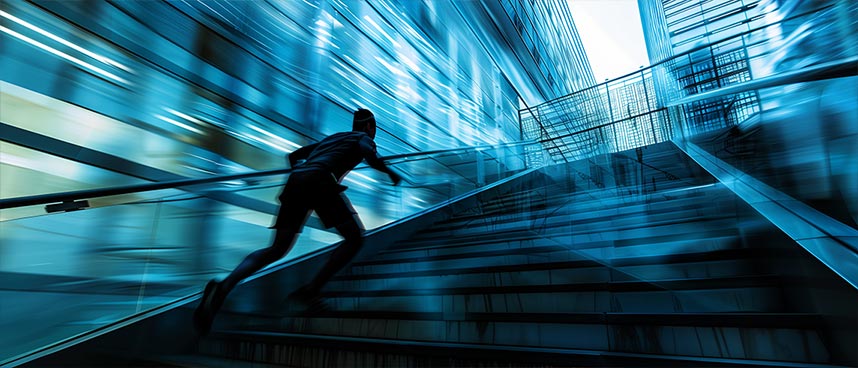
Tracing the Roots: History of Freerunning
The journey of Freerunning from the streets to the world stage is a testament to its appeal and versatility. Parkour and Freerunning, although distinct, share a common history that spans continents and cultures, evolving from a training method to a global movement culture. Their rise to prominence showcases the universal desire for freedom and expression through movement.
From Parkour to Freerunning
The transition from Parkour to Freerunning marked a pivotal moment in the movement culture. Inspired by the efficiency and speed of Parkour, developed as a training method by David Belle, Freerunning emerged to highlight the creative and expressive potential of movement. Influences from dynamic figures like Jackie Chan, who infused acrobatics into his action sequences, played a significant role in shaping Freerunning's emphasis on style and individual expression.
The Evolution of a Movement Culture
Parkour athletes, with their dedication to mastering movement, laid the groundwork for the evolution of Freerunning. This evolution reflects a broader cultural shift towards valuing not only physical capability but also creative expression within movement disciplines. As Freerunning continues to grow, it attracts a diverse community of practitioners eager to explore their physical and creative limits, marking a new chapter in the history of movement cultures.
Key Moments in Freerunning History
Freerunning's history is marked by key moments that reflect its diverse influences, from military training techniques to the movements of indigenous tribes and the imaginative worlds of video games. These elements have all contributed to the rich tapestry of Freerunning, showcasing its ability to adapt and evolve.
Significant Milestones and Transformations
Throughout its history, Freerunning has undergone significant transformations, influenced by a variety of cultural and physical practices. These milestones not only highlight the evolution of the discipline but also its growing impact on fitness, entertainment, and personal expression around the world.
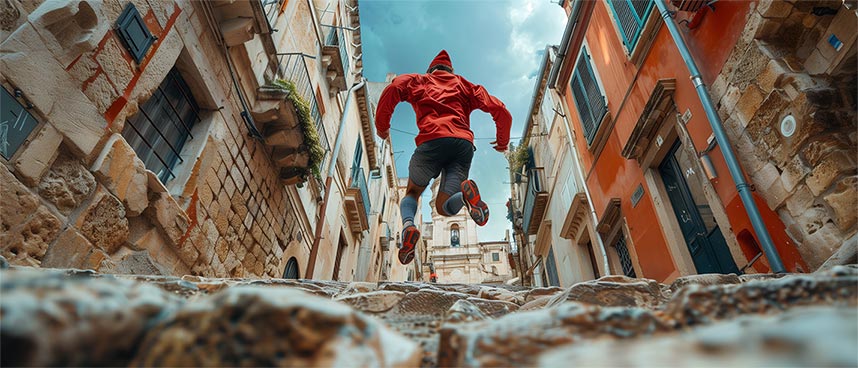
Freerunning vs Parkour: Understanding the Differences
While often mentioned together, Freerunning and Parkour are distinct disciplines, each with its unique focus and philosophy. Parkour emphasizes efficiency and speed in overcoming urban environments, while Freerunning prioritizes personal expression and creativity. The World Freerunning Parkour Association and similar organizations have played crucial roles in defining these differences, fostering a global community of practitioners dedicated to the advancement of each discipline.
The Distinctive Styles of Parkour and Freerunning
Inspired by the likes of Jackie Chan, Freerunners add an acrobatic flair to the foundational movements of Parkour, elevating the discipline into an art form. This distinction is not just about technique but also attitude, with Freerunning embracing a more expressive and individualistic approach to navigating urban landscapes.
How the Disciplines Navigate Different Terrains
Freerunning and parkour athletes adapt to a variety of terrains, using urban landscapes as their playground. In cities, they leap over railings, run across walls, and jump from building to building. In natural settings, they might use trees, rocks, and hills to practice their moves. This versatility allows for a creative and expressive form of movement that is as much about overcoming physical obstacles as it is about personal expression.
The Global Freerunning Landscape
Freerunning has taken the world by storm, evolving into a global phenomenon. From the streets of Paris to the parks of Tokyo, practitioners bring their unique cultural influences to the sport, creating a rich tapestry of styles and techniques. This global community continues to grow, connected by a shared passion for movement and expression.
Freerunning Around the World
As freerunning spreads across the globe, each region adds its own flavor to the discipline. In Europe, the focus might be on the fluidity of movement and technical precision, while in South America, the emphasis could be on acrobatics and flair. This cultural exchange enriches the sport, creating a diverse and vibrant community that learns from each other and pushes the boundaries of what is possible.
Regional Styles and Influences
Different parts of the world have fostered unique styles of freerunning. For example, in Asia, the influence of martial arts is evident in the precision and discipline of the movements. In contrast, the European scene often showcases a blend of gymnastics and parkour, highlighting efficiency and flow. These regional differences not only add variety to the sport but also foster a sense of identity and pride among practitioners.
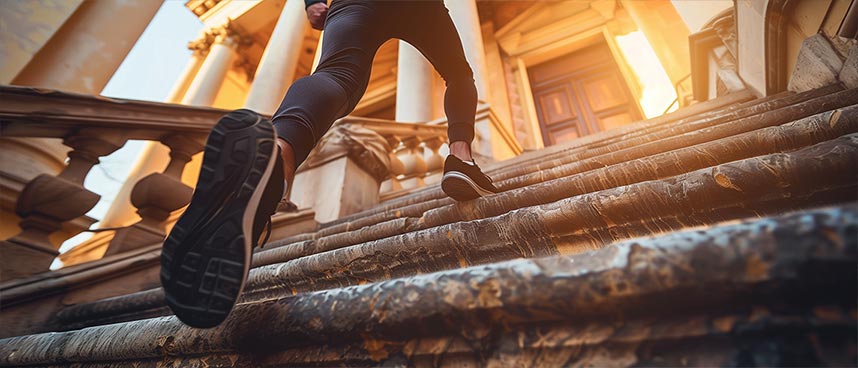
Mastering Freerunning: Moves and Training
Learning freerunning involves mastering a variety of moves, from basic jumps to complex flips. Training focuses on building strength, agility, and spatial awareness.
Where to Learn: Training and Classes
For those interested in freerunning, there are many ways to start. Local gyms often offer classes that teach the basics of movement and safety. Additionally, community groups and clubs can provide guidance and support. These classes are a great way to learn the fundamentals, meet other enthusiasts, and become part of the freerunning community.
Finding Local Gyms and Online Resources
Discovering a place to train is easier than ever. Many gyms now have facilities designed specifically for freerunning and parkour. Online, numerous websites and social media groups offer tutorials, tips, and community support. These resources make it possible for anyone to start learning freerunning, regardless of their location or experience level.
The Dangers and Precautions
While freerunning offers exhilaration and freedom, it's not without risks. Practitioners must always be mindful of the potential for injury and take steps to mitigate these dangers through proper training and safety measures.
Injuries and How to Avoid Them
In freerunning, injuries can occur from falls or misjudged jumps. To reduce the risk, athletes should start with basic moves and gradually progress to more advanced techniques. Wearing appropriate footwear and practicing in safe environments can also help prevent injuries. Listening to one's body and knowing when to rest is crucial for long-term health and success in the sport.
Safety Gear and Proper Technique
Using safety gear like wrist guards, knee pads, and proper shoes can protect practitioners from injuries. Equally important is learning and applying the correct technique for each move. This not only enhances performance but also ensures safety. Experienced instructors can provide valuable feedback and guidance on proper form and execution.
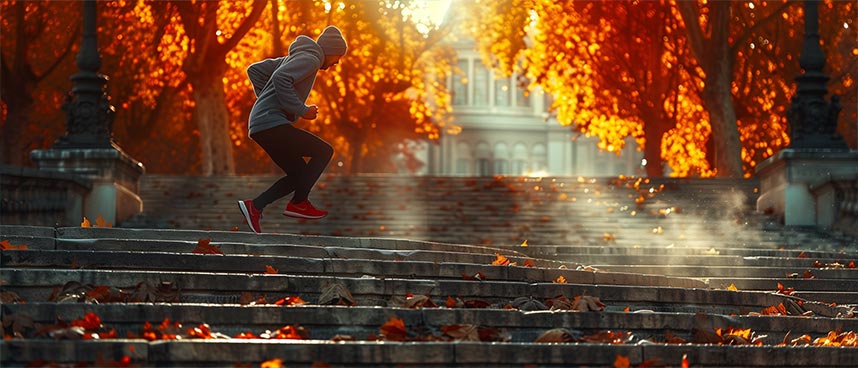
The Importance of Progressive Training
Building skills step by step is key in freerunning. It helps avoid injuries and ensures steady progress.
Building Skills Step by Step
Progressive training in freerunning allows athletes to safely develop their skills. Starting with the basics, practitioners gradually challenge themselves with more difficult techniques as their strength, agility, and confidence grow. This approach ensures a solid foundation and minimizes the risk of injury, making the learning process both effective and enjoyable.
Pushing the Boundaries: The Future of Freerunning
The future of freerunning looks bright, with new possibilities for growth and innovation. As the community expands, so does the potential for this dynamic sport to evolve in exciting ways.
Technological Advancements
Technology plays a significant role in the evolution of freerunning. From new training tools to platforms for sharing and collaboration, advancements in technology are opening up new avenues for learning, teaching, and showcasing talent.
The Role of Virtual Reality and Wearables
Virtual reality (VR) and wearable technology are set to transform freerunning training and experience. VR can simulate environments for safe practice, while wearables can track performance, providing feedback on technique and progress. These technologies offer exciting opportunities for practitioners to push their limits and explore new dimensions of the sport.
The Growing Community and Its Impact
The freerunning community has seen remarkable growth, transforming from a niche group of enthusiasts to a global phenomenon. This expansion has fostered a culture of inclusivity, welcoming individuals from diverse backgrounds to share in the joy and freedom of movement. The impact of this growing community is profound, not only in promoting physical fitness but also in encouraging creativity and personal expression through movement. As more people join, the community's collective knowledge and skills deepen, further enriching the freerunning experience for all involved.
Expansion, Inclusivity, and the Next Generation
The growth of freerunning has been marked by its inclusivity, attracting a wide array of participants. This inclusivity has led to the development of regional styles and the incorporation of unique cultural influences, enriching the sport's diversity. As the community expands, it also focuses on nurturing the next generation of freerunners, providing them with the guidance and resources to push the boundaries of what's possible. Through workshops, online tutorials, and local meetups, young enthusiasts are welcomed into a supportive environment that values creativity, skill development, and personal growth.
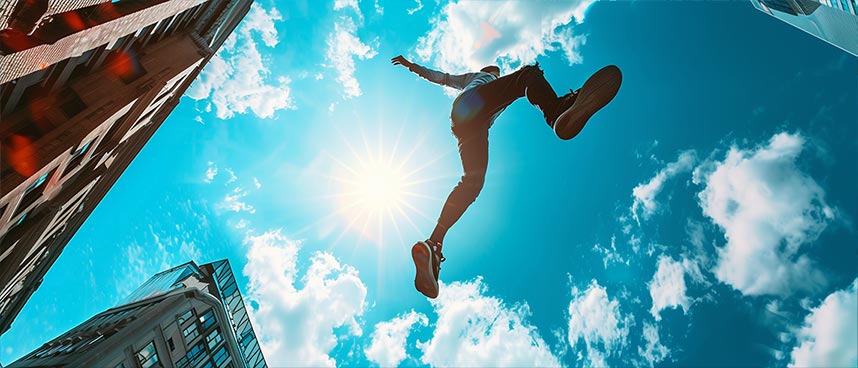
Leaping to Conclusions: The Impact and Appeal of Freerunning
Freerunning has transcended its roots as a sport to become a powerful form of personal and communal expression. Its appeal lies in the freedom it offers, allowing individuals to interact with their environment in innovative and exhilarating ways. The impact of freerunning is visible not only in the physical feats achieved but also in the sense of community it fosters among practitioners. As participants challenge themselves and each other, they build a supportive network that extends beyond the physical spaces they navigate, creating lasting bonds and a shared sense of achievement.
Freerunning as a Lifestyle
For many, freerunning is more than just a sport—it's a way of life. It influences their daily activities, the spaces they frequent, and their approach to overcoming obstacles. This lifestyle is characterized by a continuous quest for personal improvement, creativity, and self-expression. Through freerunning, individuals learn to see the world differently, finding opportunities for movement and play in the urban landscape that surrounds them. This perspective not only enriches their physical capabilities but also enhances their mental resilience and creative thinking.
Beyond the Sport - A Means of Personal Expression
Freerunning transcends the realm of physical sport to become a profound medium for personal expression. Practitioners, known as freerunners, utilize the discipline to convey their individuality, creativity, and philosophy. By overcoming obstacles, both physical and metaphorical, they narrate their life stories through dynamic and fluid movements. This form of expression is deeply personal, reflecting each practitioner's unique journey, challenges, and triumphs. Freerunning, thus, stands as a testament to the human spirit's resilience and the endless quest for freedom and self-discovery.


 Español
Español Deutsch
Deutsch English GB
English GB



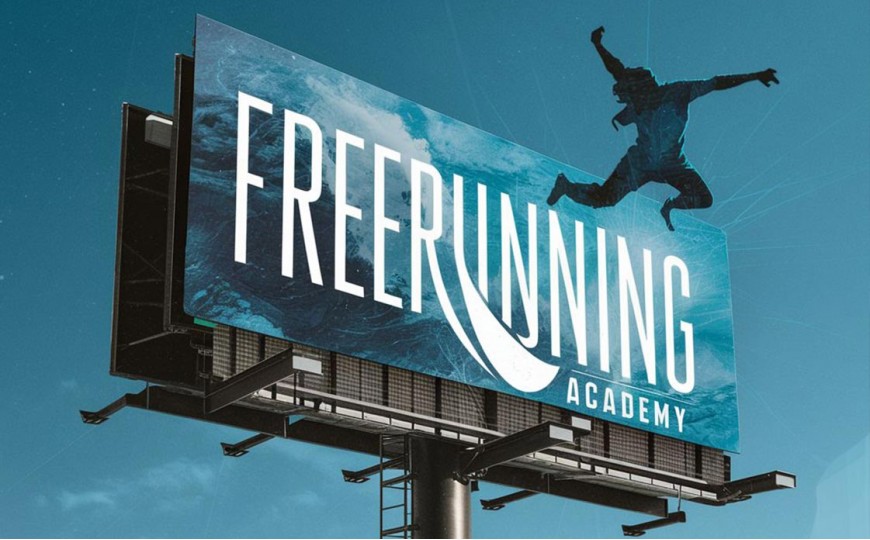
Leave a Reply Cancel Reply